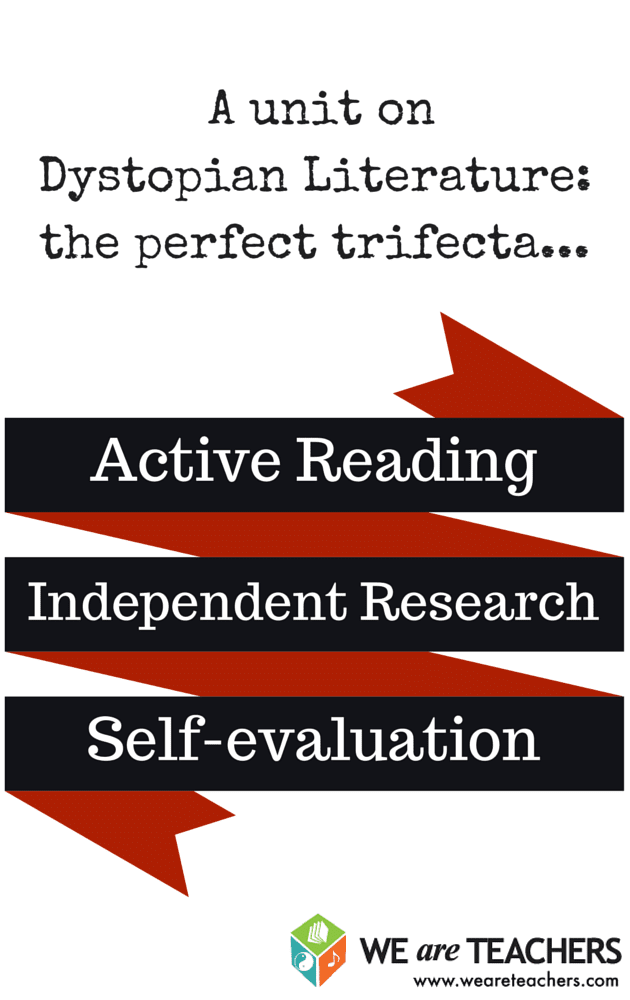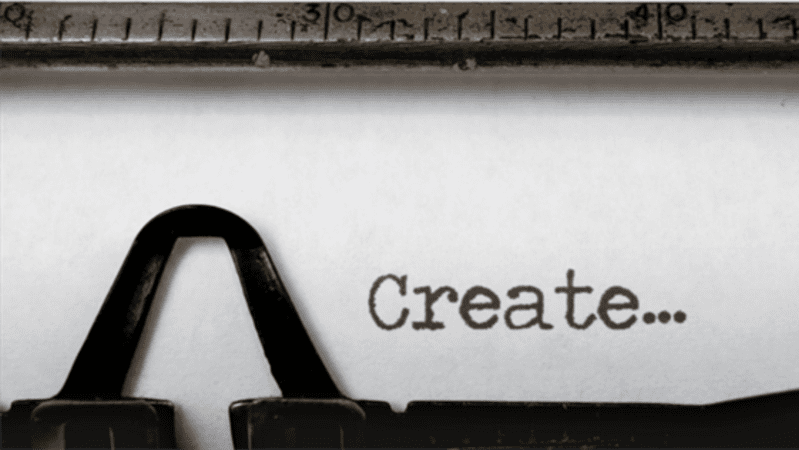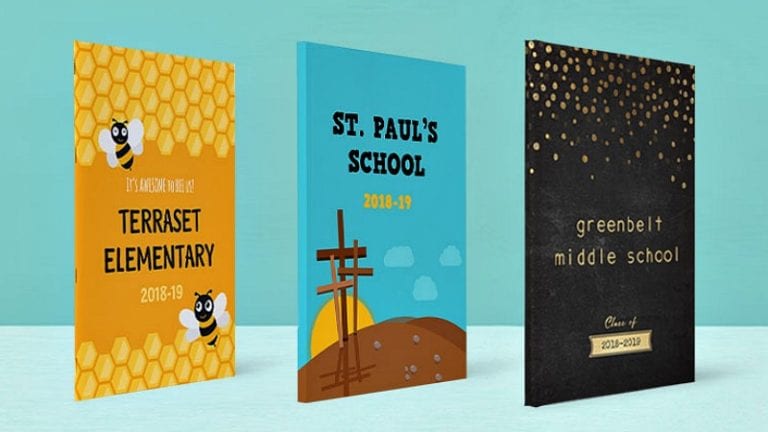Self-evaluation can be a very daunting task for anyone. To look closely at ourselves and objectively assess how good—or poorly—a job we are doing is never easy. And sometimes the results force us outside of our comfort zones, challenging us to be, to do, better. The personal stakes, though varied, are always high: our health, our careers, our families. Those stakes are compounded when it comes to education, a personal and professional endeavor, because teachers aren’t churning out things—our final product is a person, which makes self-evaluation all the more sacrificial. If we are not succeeding every second of every day, our students are suffering.
The following unit plan, Epic January, comes from Ms. Beth Ryce. I am sharing it with her permission.

4. Brainstorm a list of and use multiple tools to create or compose or build their final mastery product.
Before Reading
Use the following spaces and guided questions to help you plan.
Objectives:
-
Demonstrate an understanding of the historical context of the novel. In the space below, write what this means to you.
-
Demonstrate an understanding of biographical context. In the space below, write what this means to you.
-
Demonstrate an understanding of various governmental terms. In the space below, write what this means to you.
-
Predict how the historical context, biographical context and governmental terms might impact the plot, characters and/or themes of the novel. In the space below, write what this means to you.
Resources:
Take a moment to consider what resources you have access to that might help you with mastering the objectives. Remember, people are resources too. List the resources and what component you think they would help you with below.
Demonstrating Mastery:
After defining what each of the objectives means to you and brainstorming your resource list, take a moment to think about what it will look like to show this. (You may wish to consider the ways you have been asked to demonstrate your understanding of material in your education up until this point in your careers; however, I am encouraging you to be CREATIVE.)
Tools:
After considering what demonstrating mastery of the objectives might look like, make a list of tools you will need to to create, compose, etc.
How will you evaluate your mastery?
During Reading
Use the following spaces and guided questions to help you plan.
Objectives:
-
Demonstrate comprehension of basic plot, including sequence of events, types of conflicts and setting. Write what this means to you.
-
Demonstrate an understanding of characterization. Write what this means to you.
-
Identify motifs as they are established as well as how they are established. Write what this means to you.
-
Identify multiple examples of dominant literary elements and rhetorical devices, including symbol, irony, jargon, imagery and pun, to name a few. Write what this means to you.
-
Demonstrate close-reading strategies for understanding. Write what this means to you.
-
Demonstrate close-reading strategies for explication. Write what this means to you.
Resources:
Take a moment to consider what resources you have access to that might help you with mastering the objectives. Remember, people are resources too. List the resources and what component you think they would help you with below. You may wish to consider products from the Before component as resources as well.
Demonstrating Mastery:
After defining what each of the objectives means to you and brainstorming your resource list, take a moment to think about what it will look like to show this. (You may wish to consider the ways you have been asked to demonstrate your understanding of material in your education up until this point in your careers; however, I am encouraging you to be CREATIVE.)
Tools:
After considering what demonstrating mastery of the objectives might look like, make a list of tools you will need to to create, compose, etc.
How will you evaluate your mastery?
___________________________________
After Reading
Use the following space and guided questions to help you plan.
Objectives:
-
Demonstrate critical analyses of theme and style. Write what this means to you.
-
Demonstrate analysis of relevancy to 2015. Write what this means to you.
Resources:
Take a moment and consider what resources to which you have access that might help you with mastering the objectives. Remember, people are resources too. List the resources and what component you think they would help you with below. You may wish to consider products from the Before and During as resources as well.
Demonstrating Mastery:
After defining what each of the objectives mean to you and brainstorming your resource list, take a moment to think about what it will look like to show this. (You may wish to consider the ways you have been asked to demonstrate your understanding of material in your education up until this point in your careers; however, I am encouraging you to be CREATIVE.)
Tools:
After considering what demonstrating mastery of the objectives might look like, make a list of tools you will need to to create, compose, etc.
How will you evaluate your mastery?
English teacher Stephanie Jankowski loves words and has a penchant for finding the funny in everyday life. Find more of Stephanie on her blog WhenCrazyMeetsExhaustion.com, on Facebook or Twitter @CrazyExhaustion.

